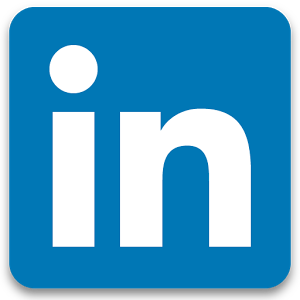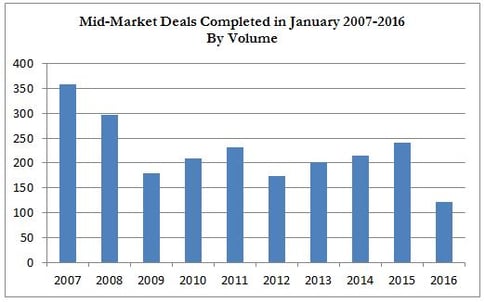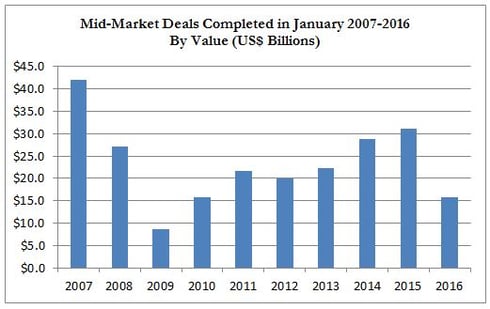M&A - Researching Potential Buyers

M&A - Researching Potential Buyers
When selling a company, it is always important to research potential buyers, even before launching the transaction. This information can then be used to shape the seller’s strategy when preparing for the transaction. By determining what a buyer wants to accomplish by purchasing the company, the seller can be sure to highlight the aspects of the company that will especially appeal to that buyer and other buyers.
Researching a company is not difficult and is always beneficial. For publicly traded companies, SEC-required reports are available to the public online. A Google search on the company, its products, and its officers will yield helpful results. Other databases, e.g., LinkedIn and the company’s website, are also useful sources of information.
Private companies pose more of a challenge as financial data is difficult to obtain, particularly in the US. Nevertheless, some simple research can usually give one a feel for the size of a company. For example, if the company has three 100,000 square foot facilities, one has to reasonably assume that their revenues are substantial. Similarly, if the company has one small location, it portrays the opposite. But one should never ignore that type of buyer. Frequently, these companies have investors who are more than happy to put more money into the company for acquisitions.
An M&A specialist can also ask questions of the buyer and of others in the industry. Finding out what businesses the buyer has purchased in the past, how they purchased them, their criteria for this particular purchase decision, and what they are looking for in a potential transaction are just a few questions that can be posed to find out more about the buyer. Besides just gaining information, this can have the added benefit of determining if the buyer would be serious in making an acquisition. A buyer with answers to these questions is more likely to be actually looking to make an acquisition whereas a buyer who does not have answers is probably just shopping around and will be unlikely to make an offer.
Properly researching buyers has no downside; at the very least, knowing more about the buyer will make the transaction go more smoothly. Furthermore, it may increase the chances of closing the deal and potentially even increase the valuation. Thus, there is no such thing as knowing too much about a buyer.
Versailles Group, a 29-year-old Boston-based investment bank that specializes in international mergers, acquisitions, and divestitures. Versailles Group’s skill, flexibility, and experience have enabled it to successfully close M&A transactions for companies with revenues between US$2 million and US$250 million. Versailles Group has closed transactions in all economic environments, literally around the world. Versailles Group provides clients with both buy-side and sell-side M&A services, and has been completing cross-border transactions since its founding in 1987. More information on Versailles Group, Ltd. can be found at www.versaillesgroup.com.
For more information, please contact
Donald Grava
Founder and President
617-449-3325
February 28, 2016











